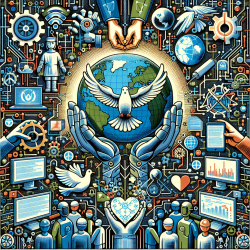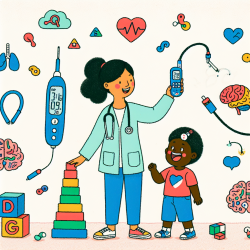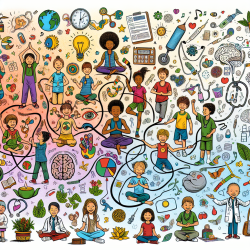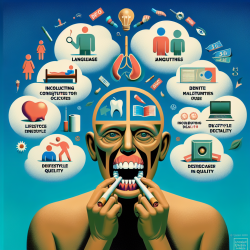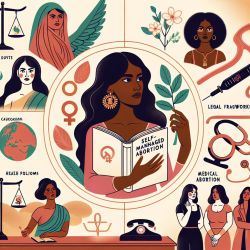Introduction
In a world where technology evolves at breakneck speed, the intersection of artificial intelligence (AI) and global security has become a critical area of focus. The research article "Optimising peace through a Universal Global Peace Treaty to constrain the risk of war from a militarised artificial superintelligence" offers insights into how AI can be harnessed for peace rather than conflict. As a practitioner in the field of AI or international relations, understanding and implementing these findings can enhance your ability to contribute to global security.
The Threat of Militarized AI
The article highlights the existential risks posed by a militarized artificial superintelligence (ASI). In a world where war is still normalized, the development of ASI could lead to catastrophic outcomes, either through ASI-enabled warfare by nation-states or ASI-directed warfare for self-dominance. The looming AI arms race among superpowers increases this risk, making it imperative to explore peace-oriented strategies.
Universal Global Peace Treaty (UGPT)
The authors propose a Universal Global Peace Treaty (UGPT) as a strategic measure to mitigate these risks. The UGPT aims to optimize peace by formalizing interstate peace, ending existing conflicts, and preventing future wars, particularly those involving AI and cyberweapons. This treaty would serve as a global commitment to peace, influencing both state actors and potential ASIs.
Implementing the UGPT in Practice
As a practitioner, you can play a crucial role in advocating for and implementing the UGPT. Here are some steps to consider:
- Educate and Advocate: Raise awareness about the risks of militarized AI and the benefits of the UGPT within your organization and network.
- Collaborate with International Bodies: Work with international organizations and governments to promote the adoption of the UGPT.
- Research and Develop AI Ethics: Focus on developing AI systems with ethical frameworks that prioritize peace and human values.
- Engage in Policy Development: Participate in policy-making processes to ensure that AI development aligns with global peace objectives.
Encouraging Further Research
While the UGPT provides a foundational framework, further research is essential to refine and implement these strategies effectively. Practitioners are encouraged to explore the following areas:
- AI Safety and Control: Investigate methods to ensure AI systems remain under human control and aligned with peaceful objectives.
- International Collaboration: Study the dynamics of international cooperation in AI governance and its impact on global security.
- Ethical AI Development: Develop guidelines and best practices for ethical AI development that prioritizes peace and security.
Conclusion
The potential for AI to either enhance global security or exacerbate conflict is significant. By understanding and implementing the strategies outlined in the UGPT, practitioners can contribute to a future where AI serves as a tool for peace. To delve deeper into the research, consider reading the original paper: Optimising peace through a Universal Global Peace Treaty to constrain the risk of war from a militarised artificial superintelligence.
